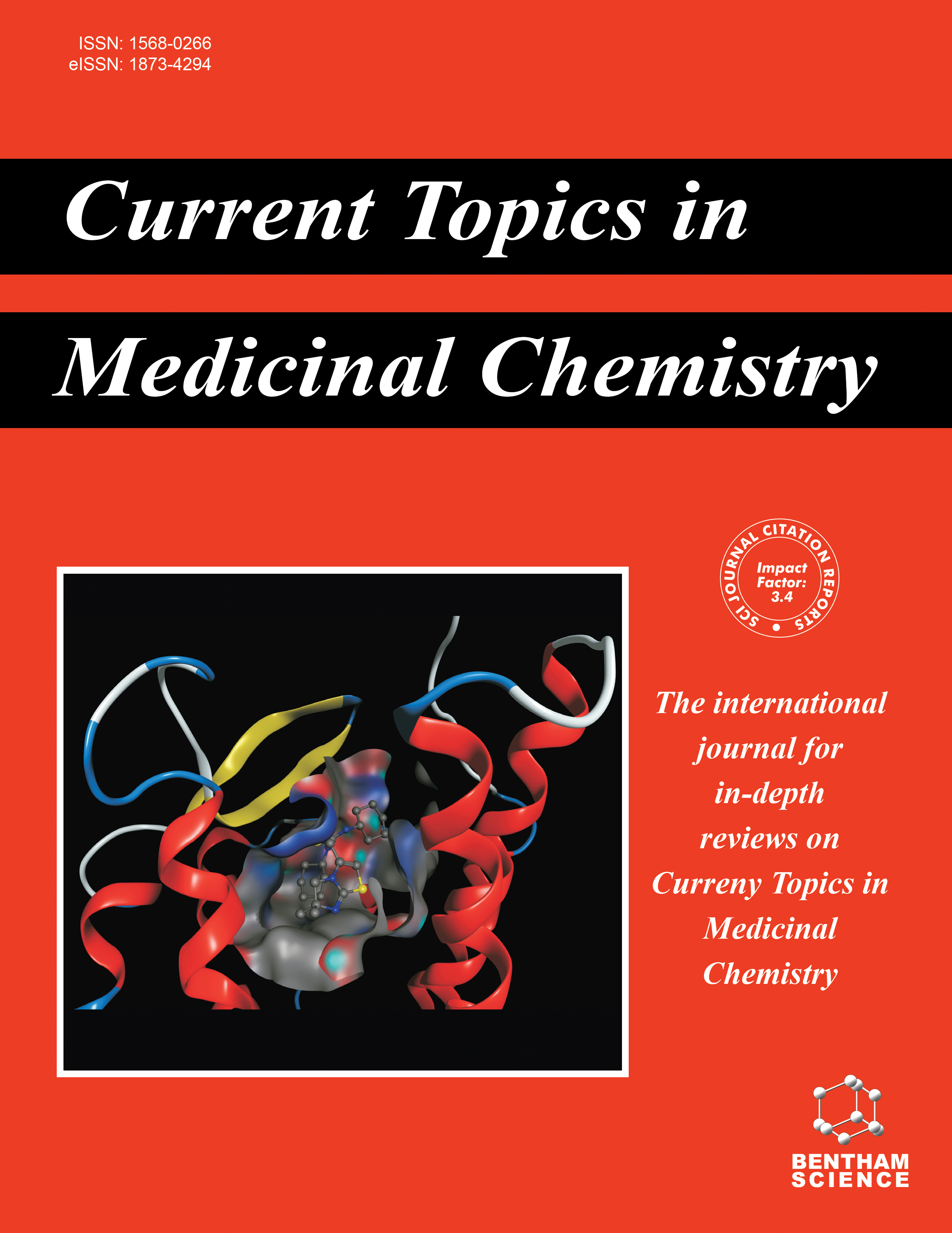
Full text loading...

For cell wall biosynthesis, drug-resistant S. aureus uses a special protein called PBP2a, even when antibiotics are present and stop its natural processes from working. To combat this, novel therapies are required to specifically target PBP2a with greater efficacy.
Using computational approaches, we screened nine phenolic compounds from other Bergenia species, including Bergenia ciliata, Begenia ligulata, Bergenia purpurascens, and Bergenia stracheyi, against the PBP2a allosteric site to explore the potential interaction between phenolic compounds and a specific region of PBP2a known as the allosteric site.
Based on interaction patterns and estimated affinity, vitexin has been found to be the most prominent phenolic compound. We performed MD simulations on vitexin and ceftazidime as control molecules based on the docking results. The binding free energy estimates of vitexin
(-94.48 +/- 17.92 kJ/mol) using MM/PBSA were lower than those of the control (-67.61 +/- 12.29 kJ/mol), which suggests that vitexin may be able to inhibit PBP2a activity in MRSA.
It has been intriguing to observe a correlation between the affinity of the lead compounds at the allosteric site and the modification of Tyr446, the active site gatekeeper residue in PBP2a. Our findings have implied that lead compounds can either directly or indirectly decrease PBP2a activity by inducing allosteric site change in conventional medicine.

Article metrics loading...

Full text loading...
References


Data & Media loading...
Supplements